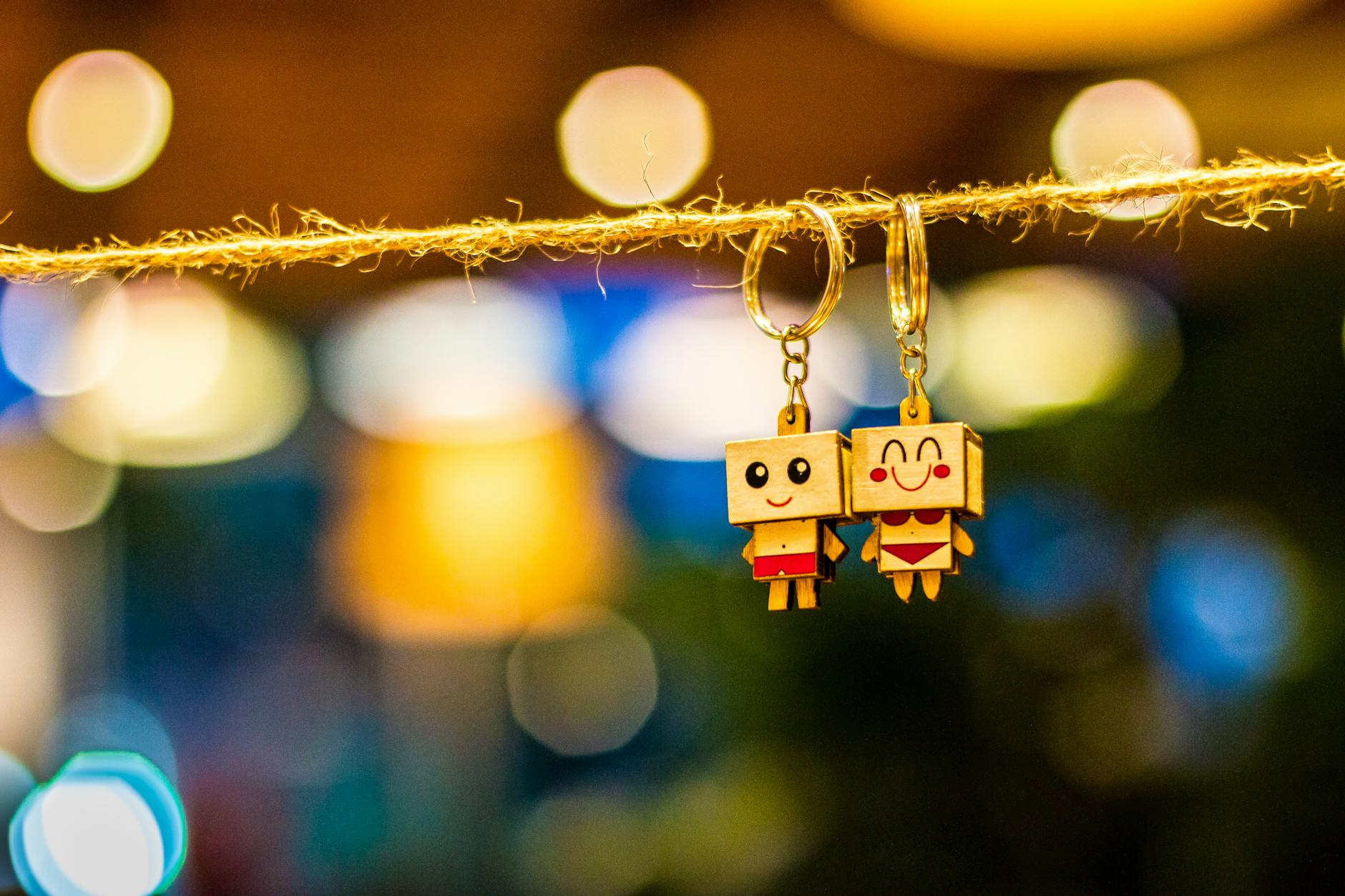A new digital trend is sweeping across professional networks: personalized ‘AI action figures’ created using ChatGPT’s image generation capabilities. The trend, popularized on platforms like LinkedIn, involves users crafting digital representations of themselves as boxed toy dolls, complete with custom packaging and accessories that mirror their real-world professions.
Users are uploading high-resolution photos and using detailed prompts to generate images resembling traditional action figures or Barbie dolls. These digital toys often feature props such as coffee mugs, laptops, and books, reflecting the user’s professional persona. The resulting images are styled to resemble toy store displays, complete with personalized packaging and taglines.
The ‘AI Action Figure’ format has found resonance particularly among marketers, consultants, and others seeking to playfully showcase their personal brands. Since its initial spread on LinkedIn, the trend has also extended to platforms like Instagram, TikTok, and Facebook.
The tool powering this craze is ChatGPT’s image generator, specifically its enhanced GPT-4o release. Users upload a photo and provide prompts specifying the desired look, including name, accessories, outfit, and packaging details. Some users opt for a nostalgic ‘Barbiecore’ aesthetic with pink tones and sparkles, while others favor a corporate design aligned with their specific jobs. The image generation process often involves several iterations to refine the figure’s appearance and accurately capture the user’s desired personality or profession.
The glossy, toy-style portraits blur the lines between humor and personal branding. Hashtags like #AIBarbie and #BarbieBoxChallenge have emerged as a popular accompaniment. Even brands like Mac Cosmetics and NYX, and public figures such as US Representative Marjorie Taylor Greene, have joined in, creating doll versions of themselves with personalized accessories.
While engagement varies, the trend highlights ChatGPT’s growing influence on online culture and its ability to facilitate user creativity. The ‘AI Action Figure’ craze, though smaller than the previous Studio Ghibli portrait trend, reflects ChatGPT’s accessibility and growing popularity as a creative tool.
Like other viral AI visuals, this trend has sparked discussions about identity, aesthetics, and self-presentation in digital spaces. The format’s appeal lies in its simplicity, enabling users to engage with AI-generated art without requiring technical expertise and satisfying a desire for self-expression. The result is a blend of professional headshot, novelty toy, and visual joke, making it a versatile format for social media sharing.
This surge in popularity is reminiscent of the demand spike experienced during the Ghibli-style portrait trend. At that time, OpenAI temporarily limited image generation for free accounts, as CEO Sam Altman reported a dramatic rise in daily active users and infrastructure stress.
Whether it’s a mini-me with a coffee mug or a Barbie-style figure ready for the toy shelf, ChatGPT is influencing how individuals represent themselves in the digital age.
Photo by Chu Chup Hinh on Pexels
Photos provided by Pexels
